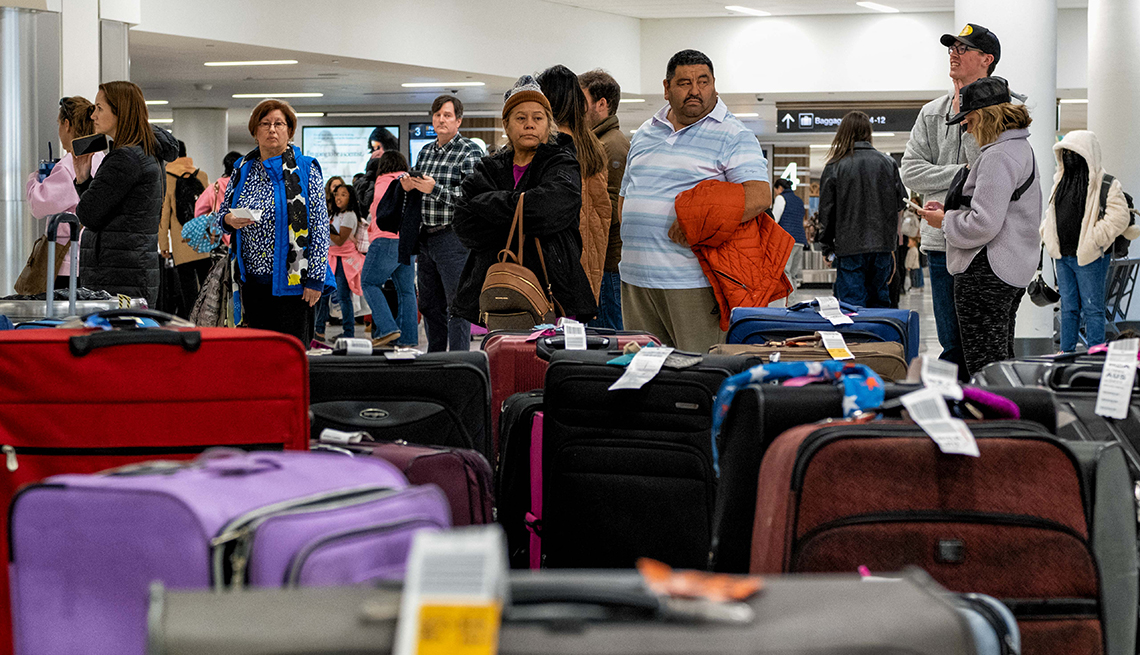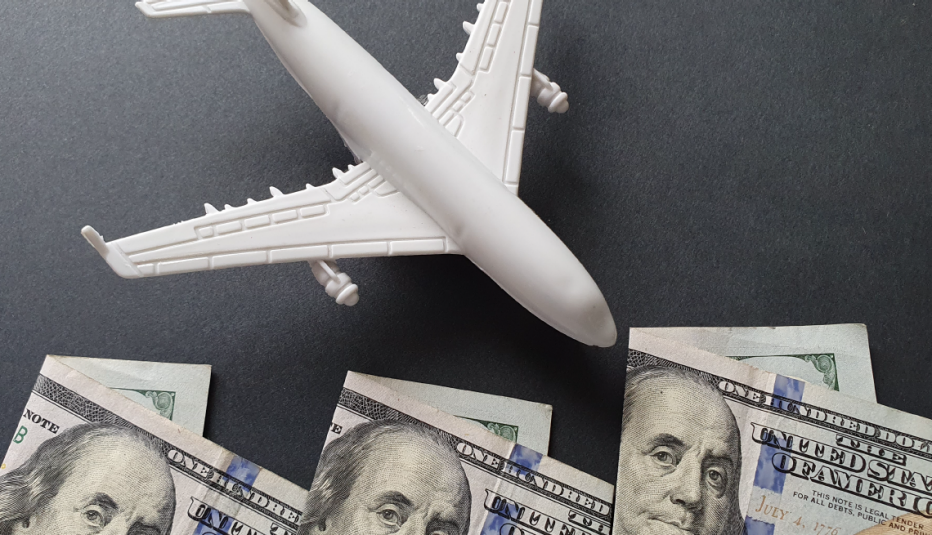AARP Hearing Center
This December airlines are promising a gift to passengers: a smoother, easier travel experience than last year.
In 2022, millions of holiday travelers faced days-long flight delays. A severe winter storm dumped snow on airline hubs in Denver and Chicago, but that was just the beginning.
The disruption led to a crisis for Southwest Airlines, which saw its scheduling system overwhelmed and its planes grounded. It canceled more than 16,700 flights, stranding passengers across the country and misplacing their luggage.
Travel industry experts are optimistic this year will be better.
“Airlines are more prepared this year with backup plans and processes to handle any potential disruptions,” says Rachel Coleman, senior editor at Easy World Travels, a website and trip planning company.
She notes airlines have improved communication with customers to provide timely updates on delays or cancellations. “Also, with the advancement in technology, airlines have better access to weather forecasting, allowing them to make quick and informed decisions.” Still, Coleman notes there are no guarantees, and urges travelers to be “cautious and prepared for any unforeseen events.”


December 2022’s woes
Travelers need only consider 2022 to see what can happen.
“Last year’s storms during Christmas were big, strong and as badly timed as possible. … The key is how airlines managed to minimize it, and what happened after the clouds cleared,” says David Slotnick, senior aviation business reporter at The Points Guy, a consumer travel website.
“Southwest, in particular, struggled as the blizzards hit,” he says. “The airline was caught short-staffed in several critical areas, and some of its crucial systems proved to be antiquated and couldn’t keep up with the airline’s efforts to get back on track. That caused what was effectively a complete meltdown.”
Ten months later, in an October conference call, Southwest Chief Operating Officer Andrew Watterson was still apologizing: “The disruption we had last winter was really hard on our customers and our employees. It weighs heavily on all of us.”


































































